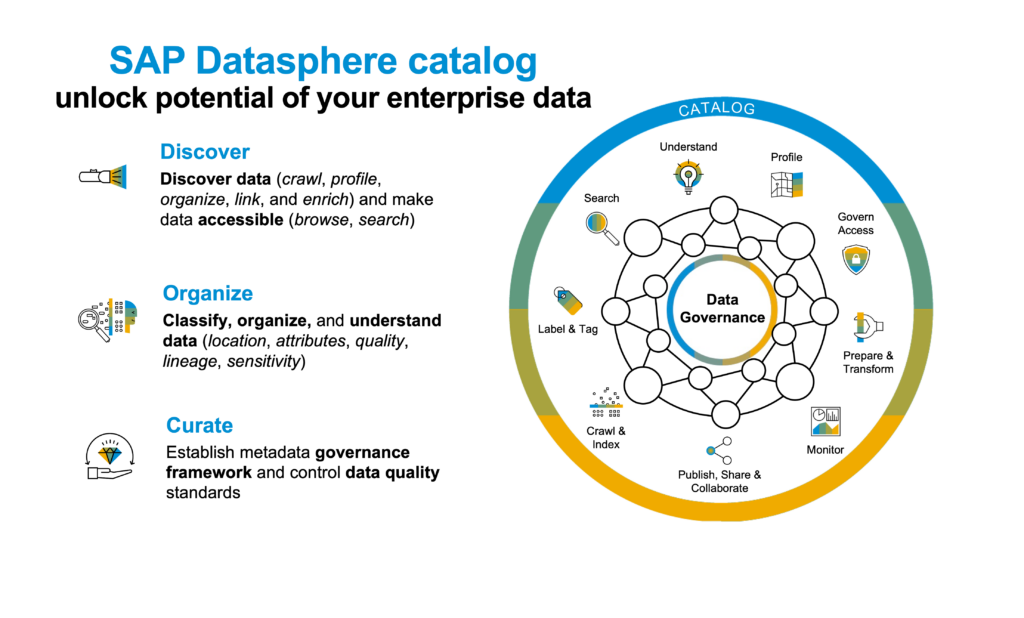Many companies still do not know how to maintain high data quality. However, incorrect figures can quickly cause an already weakening company to falter.

Data quality through supporting applications
In addition, suitable masks and modules can ensure that data is processed quickly while reducing the susceptibility to errors. With the right solution and functions, all processes can always be kept in view and the individual steps can be tracked right from the start. Data quality is supported by mandatory fields, predefined selections, validations and guided input processes.
Greater data quality creates trust
A company can always fully rely on such data and thus not only satisfy its customers. High-quality data is basically what makes it possible to assess the profitability of a company in the first place. This provides interesting information, e.g. for marketing purposes. Furthermore, wrong business decisions can be avoided because reliable information is always available. In order to understand the advantages of high data quality, here are the main requirements:
- Accuracy: The data must correspond qualitatively and quantitatively to reality
- Credibility: A data record should not contradict other data records.
- Traceability: It must be possible to trace the data creation process.
- Completeness: Of course, the data record should be complete.
- Current: All data should always be adapted to the current state.
- Error-free: For example, no data should appear twice in data records.
- Importance: The data should have real relevance for the company
- Uniform: The contents of the data should be structured in such a way that a uniform result is achieved.
- Comprehensibility: Each data record must be easy to understand for the person viewing it.

SAP tools for integration & data analysis 2023

Dashboard functions in MARIProject

More key figures transparency in the ERP system

Data warehouse or data lake

Big Data - Relevant for SMEs?

